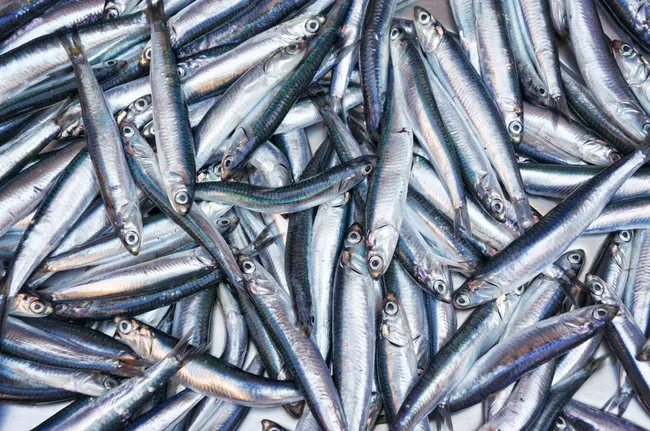Fishmeal production has risen by nearly 23% in the first nine months of 2024 compared to the same period in 2023, driven primarily by a strong anchovy catch in Peru.
The surge in Peruvian fishmeal supply has been the dominant factor in the overall global production increase, with most other regions reporting declines in output during the same period, according to the IFFO, the marine ingredients organisation.
Peru, historically responsible for around 20% of global fishmeal and fish oil production, has already fulfilled almost 20% of its 2.51 million metric ton quota in the North-Centre region since the fishing season began on 1st November. This marks a strong start to the season, following an above-average anchovy catch.
While fishmeal production has seen a notable increase, fish oil output has remained relatively stable, with a 1% year-on-year increase as of September 2024. The growth in fish oil production from Peru has been largely offset by a decline in output from other major production regions.
The data for these trends is based on statistics shared by IFFO’s membership, which represents 55% of global marine ingredients production, including key producers such as Peru, Chile, Denmark, Norway, Iceland, the USA, Spain, and several African countries.
In contrast, China’s fishmeal and fish oil production has been subdued in 2024, primarily due to lower wild capture levels. Production in the country is expected to fall below 2023 levels, though cumulative fishmeal imports have increased year-on-year, driven by higher stockpiling amid off-season demand.
With China’s aquaculture sector now entering its low season, total aquafeed production for 2024 is forecast to fall short of 2023’s output.
Fishmeal consumption is anticipated to pick up in the run-up to the next major aquaculture season, starting in April 2025. At the same time, demand for fishmeal in China’s pig farming sector is set to rise as the industry enters its peak demand season, particularly for commercial piglet feed, which is primarily purchased by medium- and small-scale farmers.


